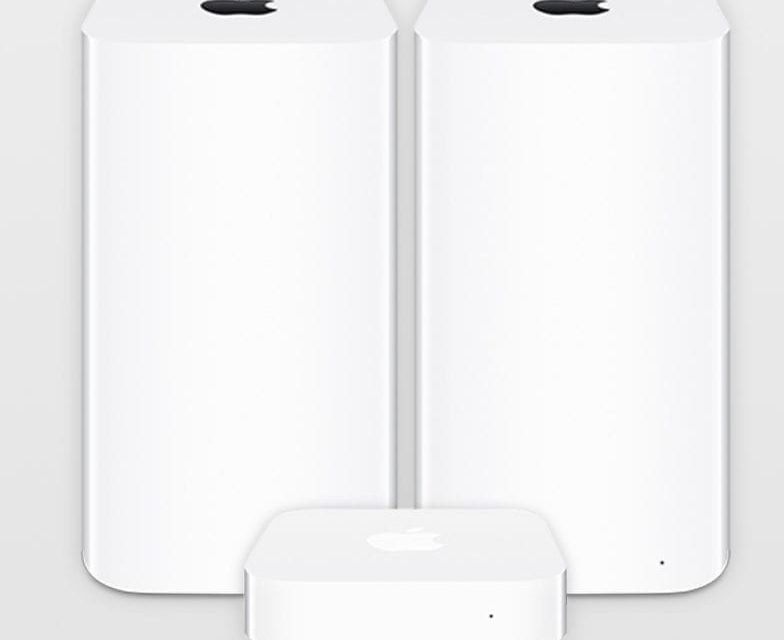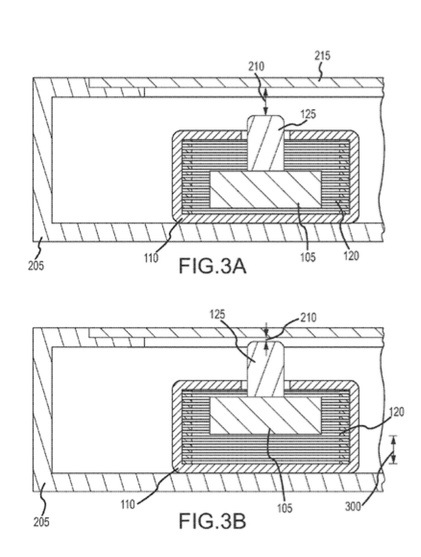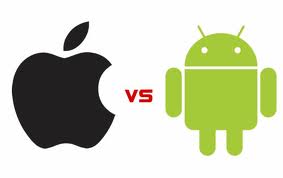With a variety of WiFi 6 routers such as the NetGear RAXE300 Sri-Band being previewed at this week’s Consumer Electronics Show in Las Vegas, I want — as I’ve said before — to see Apple bring back its AirPort line. In fact, I’d rather see the tech giant do this than tackle an “Apple Car.”
History of the AirPort line-up
In 2016, Apple discontinued the AirPort Express, the AirPort Extreme, and AirPort Time Capsule line of wireless router/backup hardware. I think it ranks as one of the top two dumb ideas the tech giant made in discontinuing products (the other is when it quit making semi-affordable Mac displays).
In November 2016 Bloomberg reported that this was a move to try to sharpen the company’s focus on consumer products that generate the bulk of its revenue. The AirPort Express, the AirPort Extreme, and AirPort Time Capsule, which cost US$99, $199, and $299, respectively, made up a small slice of Apple’s revenue and were part of Apple’s “other products” category on its financial statements.
In some ways, the announcement came as no surprise. After all, Apple hadn’t refreshed its routers since 2013 and lagged behind in matching new standards from the wireless industry.
Fast forward almost six years: an increasing number of people are working from home, so there’s a need for a reliable, easy-to-implement router, as well as hardware for local back-ups of data in addition to cloud storage.
What I want to see
I want to see a WiFi 6 compatible AirPort mesh networking system akin to that of the Eero and Orbi with a base station that doubles as a server hub for Apple’s HomeKit to make smart home devices easy to set up and use.
An Intego blog by Kirk McElhearn from June 15, 2020, perfectly sums up my feelings:
A mesh wi-fi system could form part of a broader Apple home network. Imagine if the HomePod, Apple TV, or future Apple in-home devices, acted as a satellite for a wi-fi access point, as well as being a HomeKit hub; this could get more people to buy these media devices, knowing that they would serve more than one purpose.
In addition, the Time Capsule, an AirPort base station with a built-in hard drive, was a great way to ensure that people backed up their Macs. It meant that both desktop Macs and laptops could be automatically backed up without needed to connect an external hard drive. This was not without its quirks, but the technology was seamless. Apple could have extended this backup to iOS devices as well, allowing local backups instead of or in addition to iCloud backups.
Beyond these two elements, it’s Apple’s abdication of the core technology we use to access content on our devices at home that seems surprising.
With all the concerns about privacy and the exploitation of user data, this is an area where Apple could have taken a stance. They could have built their AirPort devices into a mesh wi-fi system, perhaps adding that capability to the HomePod as well, which could give more value to that device. Perhaps Apple has some plans for this in the future, but for now, Amazon has a huge advantage in the smart home market.
As for WiFi 6, it’s better at maintaining steady top speeds while connected to many devices at the same time, even where previous WiFi versions would stumble. Performance in a crowded network is ultimately WiFi 6’s signature feature.
Help a buddy out
If you’d like to help support AWT (and make my life easier), consider becoming a patron. We offer at least three patron-exclusive posts each week. You can start at only $2 per month (though $5/month gets you the exclusives).
Have a great weekend.
Article provided with permission from AppleWorld.Today




